Silkworm pupae, often overlooked in Western cuisine, have been a cherished delicacy in many Asian countries for centuries. Revered for their unique texture, rich flavor, and impressive nutritional profile, these tiny larvae offer a culinary adventure for adventurous eaters. If you’re curious about how to transform silkworm pupae into a dish that’s both mouthwatering and easy to prepare, you’ve come to the right place. This article will explore three foolproof recipes, along with tips for sourcing, cleaning, and seasoning these intriguing ingredients. Whether you’re a seasoned foodie or a novice cook, these methods will help you unlock the potential of silkworm pupae in your kitchen.
Understanding Silkworm Pupae: Nutrition and Culinary History
Before diving into recipes, it’s worth understanding why silkworm pupae are worth cooking. Nutritionally, they are powerhouses: high in protein, healthy fats, iron, and calcium. A 100-gram serving can provide up to 50 grams of protein, making them an excellent meat alternative for vegetarians or fitness enthusiasts. Culturally, silkworm pupae have been consumed in countries like China, Korea, and Thailand for generations. They’re often enjoyed as street food, bar snacks, or even as a gourmet ingredient in high-end restaurants. Their flavor is often described as nutty, earthy, and slightly umami-rich, with a texture that’s crunchy on the outside and soft inside when cooked properly.
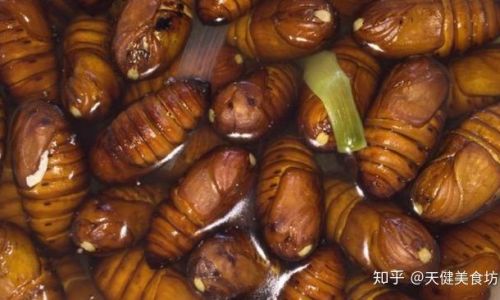
Sourcing and Preparing Silkworm Pupae
The first step to cooking silkworm pupae is sourcing them. In many Asian markets, they’re sold frozen, canned, or dried. Frozen pupae are the freshest option, while canned varieties are pre-cooked and seasoned. Dried pupae require rehydration before use. Regardless of the form, always check for quality: avoid discolored or overly soft specimens.
Preparation Steps:
- Thawing (if frozen): Place frozen pupae in a colander and rinse under cold water for 5–10 minutes. Pat dry with paper towels.
- Boiling (recommended for safety): Even if the packaging claims they’re pre-cooked, boiling silkworm pupae for 5–7 minutes ensures they’re safe to eat and removes any residual grit.
- Drying: After boiling, spread them on a clean kitchen towel or paper towels to absorb excess moisture. This step is crucial for achieving crispy textures in fried or stir-fried dishes.
Recipe 1: Spicy Stir-Fried Silkworm Pupae
This recipe is a crowd-pleaser, balancing heat, savory flavors, and a hint of sweetness. It’s perfect as an appetizer or a side dish.
Ingredients:
- 2 cups boiled and dried silkworm pupae
- 3 tbsp vegetable oil
- 4 garlic cloves, minced
- 1 tbsp fresh ginger, grated
- 2–3 dried red chilies (or 1 tsp chili flakes)
- 1 tbsp soy sauce
- 1 tsp sugar
- 1 tsp sesame oil
- 2 green onions, chopped (for garnish)
- Salt to taste
Instructions:
- Heat vegetable oil in a wok or large skillet over medium-high heat. Add the pupae and stir-fry for 3–4 minutes until golden and crispy. Remove and set aside.
- In the same pan, add minced garlic, ginger, and dried chilies. Stir-fry for 1 minute until fragrant.
- Return the pupae to the pan. Add soy sauce, sugar, and a pinch of salt. Toss to coat evenly.
- Drizzle with sesame oil and sprinkle with green onions. Serve immediately.
Pro Tip: For extra crunch, add a handful of toasted peanuts or cashews during the final toss.
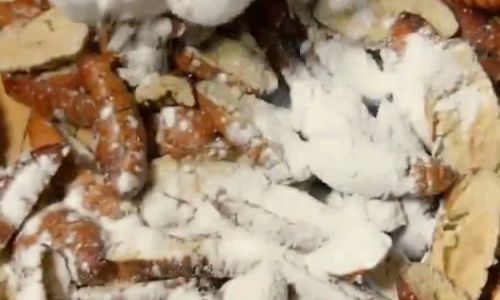
Recipe 2: Crispy Deep-Fried Silkworm Pupae
Deep-frying transforms silkworm pupae into a irresistibly crunchy snack. Pair this with a dipping sauce for a bar-like experience.
Ingredients:
- 2 cups boiled and dried silkworm pupae
- 1 cup cornstarch
- 1 tsp salt
- 1 tsp black pepper
- 1 tsp paprika (optional, for color)
- Vegetable oil for frying
- Dipping sauce (e.g., sweet chili sauce, soy-vinegar mix, or spicy mayo)
Instructions:
- In a bowl, combine cornstarch, salt, pepper, and paprika. Toss the pupae in the mixture until fully coated.
- Heat oil in a deep fryer or heavy-bottomed pot to 350°F (175°C). Fry the pupae in batches for 2–3 minutes until golden brown.
- Drain on paper towels to remove excess oil. Serve hot with your choice of dipping sauce.
Variation: For a “popcorn” effect, add a sprinkle of grated Parmesan or nutritional yeast while the pupae are still hot.
Recipe 3: Steamed Silkworm Pupae with Garlic and Herbs
If you prefer a lighter, healthier option, steaming preserves the pupae’s natural flavor while infusing them with aromatic herbs.
Ingredients:
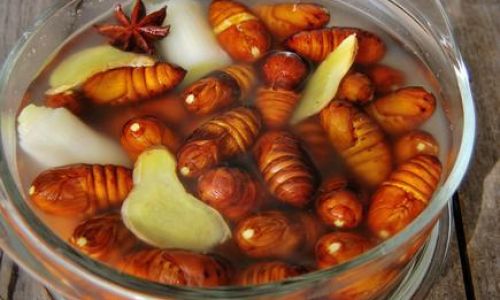
- 2 cups boiled and dried silkworm pupae
- 4 garlic cloves, sliced
- 2 tbsp fresh cilantro, chopped
- 1 tbsp fresh basil, chopped
- 1 tbsp olive oil
- 1 lemon wedge
- Salt and pepper to taste
Instructions:
- Place the pupae in a steamer basket. Sprinkle with garlic, salt, and pepper.
- Steam over boiling water for 8–10 minutes until tender.
- Transfer to a serving dish. Drizzle with olive oil, squeeze lemon juice over the top, and garnish with cilantro and basil.
Pro Tip: Add a pinch of red pepper flakes for a subtle kick.
Tips for Seasoning and Flavor Pairing
Silkworm pupae are incredibly versatile. Experiment with these seasonings to elevate their taste:
- Spicy: Chili powder, Sichuan peppercorns, or gochujang.
- Savory: Miso paste, fish sauce, or Worcestershire sauce.
- Herby: Parsley, dill, or mint.
- Sweet: Honey, maple syrup, or brown sugar.
For global twists, try:
- Korean-style: Gochujang glaze with sesame seeds.
- Mexican-inspired: Tossed in lime juice, chili powder, and cilantro.
- Italian: Mixed with roasted tomatoes, garlic, and basil.
Serving Suggestions
- As an appetizer: Pair with cocktails or beer.
- In salads: Add to greens with avocado and a citrus dressing.
- With rice: Serve alongside jasmine rice and stir-fried vegetables.
- In tacos: Wrap in tortillas with slaw and salsa.
Safety and Sustainability Notes
While silkworm pupae are generally safe to eat, always:
- Cook them thoroughly to eliminate parasites.
- Source from reputable suppliers to avoid contamination.
- Avoid consuming if you have shellfish allergies (cross-reactivity is possible).
Sustainability-wise, silkworm farming for food is eco-friendly, as it repurposes a byproduct of the silk industry that would otherwise go to waste.
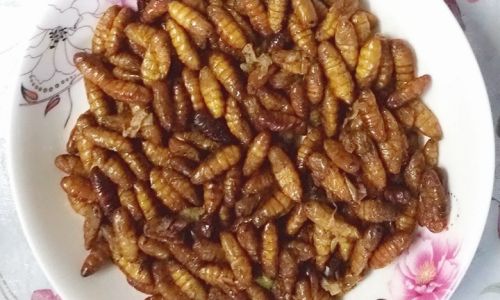
Conclusion
Silkworm pupae may seem intimidating at first, but with the right preparation and recipes, they can become a beloved addition to your culinary repertoire. Whether you prefer them spicy, crispy, or lightly steamed, these larvae offer a blend of nutrition and flavor that’s hard to match. So, the next time you’re looking to impress guests or simply explore new tastes, give silkworm pupae a try—your taste buds (and your health) will thank you.
Final Tip: Start with small portions to acquaint your palate, and don’t be afraid to mix and match seasonings. The world of edible insects awaits!
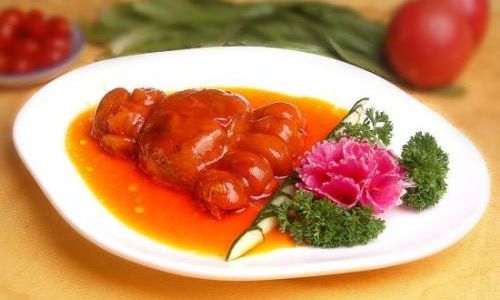

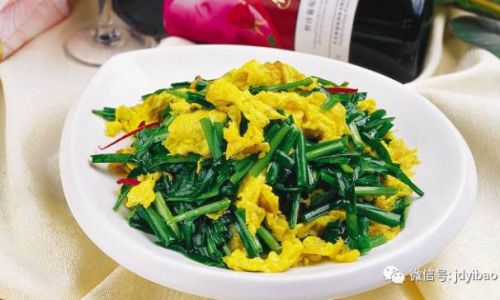
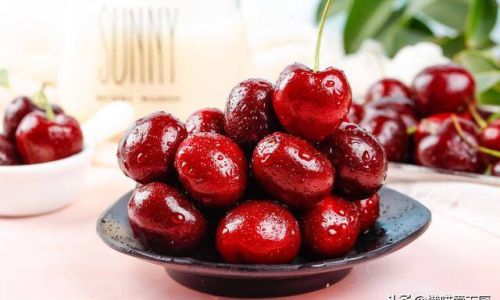
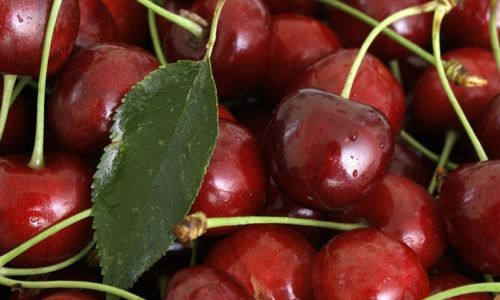

0 comments